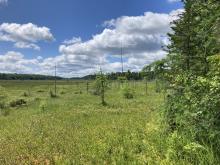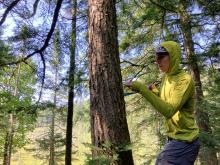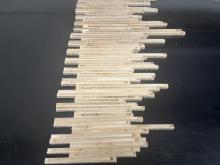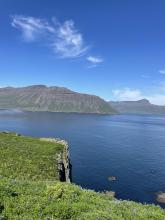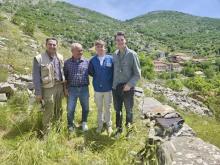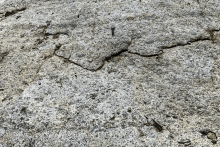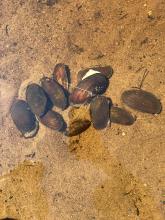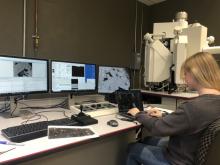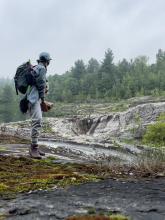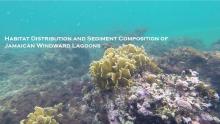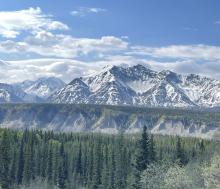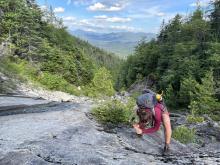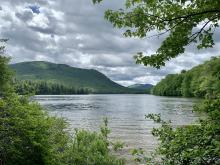Evaluating Sediment Dynamics and Biotic Influences in the Shallow Lagoons of San Andrés Island, Colombia
In the summer of 2025, Rosemary examined organism interactions within shallow lagoons, analyzed carbonate sediment composition, and identified the key sediment producers and mapped lagoon-floor habitats. The research she completed contributes valuable insights into sediment dynamics, functioning ecosystems, and the enhancement of her knowledge of modern shallow-marine tropical environments.
